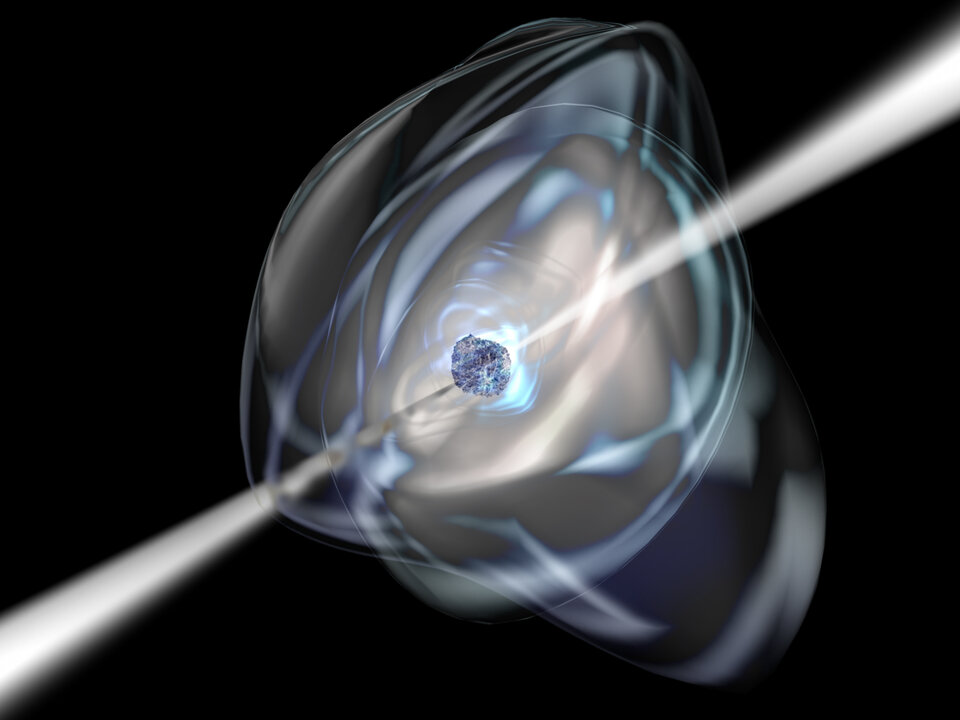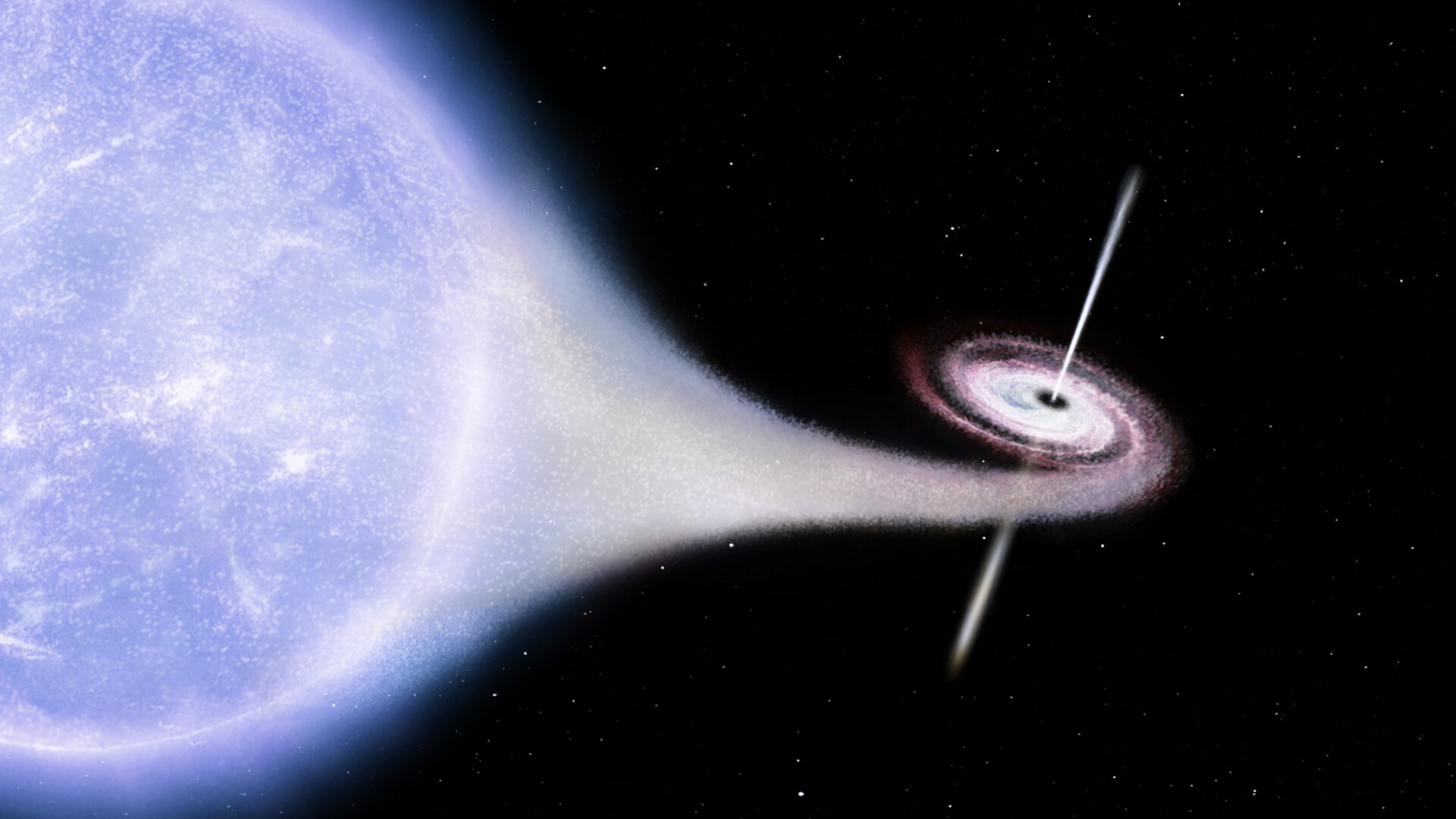Explore the dynamic high-energy Universe – competition for secondary students
Mark this date in your diary: 15 September 2011. On this date ESA will be launching a special competition for secondary school students to explore the high-energy Universe.
Students will be invited to undertake one of four projects relating to ESA’s Integral gamma-ray observatory. A number of great prizes will be on offer, including a chance for students to attend and present their work at the 9th Integral science workshop in Paris, France. The competition will be launched on 15 September 2011 and run until March 2012.
For nearly 10 years the gamma-ray detecting eyes of the Integral space observatory have been watching an impressive cosmic light show, observing some of the most energetic phenomena in the Universe, such as: black holes devouring matter, colossal explosions known as gamma-ray bursts, and supernova explosions - the swan-song of a giant star. This competition forms part of the celebrations to mark the 10th anniversary of Integral. By participating students will explore the extreme and ever-changing Universe with tools and techniques used in real research.
The competition

In this competition students will take on the roles of the engineers, scientists and astronomers whose ingenuity and skills enabled the development of a space mission that studies some of the most violent and exotic processes in our dynamic Universe. To enter the competition students will be able to choose from four projects to undertake.
Project 1: Observe
In this project students will use their own small telescopes to make observations of the variable companion stars in high-energy binary systems. Students can then compare their own observations with data taken by the optical telescope on the Integral space observatory.
Project 2: Research
For this project students will use Integral observations of the dynamic centre of our Galaxy, the Milky Way, to determine which exotic high-energy sources are present.
Project 3: Design
Working in small teams students will design their own mission to investigate the most powerful phenomena in the Universe. In this project students will look at every aspect of planning a space mission, including, determining the science aims of the mission and designing the spacecraft and scientific payload.
Project 4: Build
Students undertaking this project will build a scale-model of the Integral spacecraft using materials of their choice.
Competition milestones
- Competition launches – 15 September 2011
- Competition closes – 31 March 2012
- Winners announced – 31 May 2012
- 9th Integral science workshop - 15-19 October 2012
- Full details about the competition will be released on 15 September 2011. If you would like to be directly informed when further information is available, send a message to sciedu @ esa.int to be placed on a distribution list.
Who can participate?
The competition is open for participation by students, registered as attending secondary school during the academic year 2011-2012, from ESA Member States and Cooperating States*, Russia and the USA.
|
* ESA Member States in 2012 Austria, Belgium, Czech Republic, Denmark, Finland, France, Germany, Greece, Ireland, Italy, Luxembourg, the Netherlands, Norway, Portugal, Poland, Romania, Spain, Sweden, Switzerland, United Kingdom. Cooperating States Canada, Estonia, Hungary and Slovenia. |




